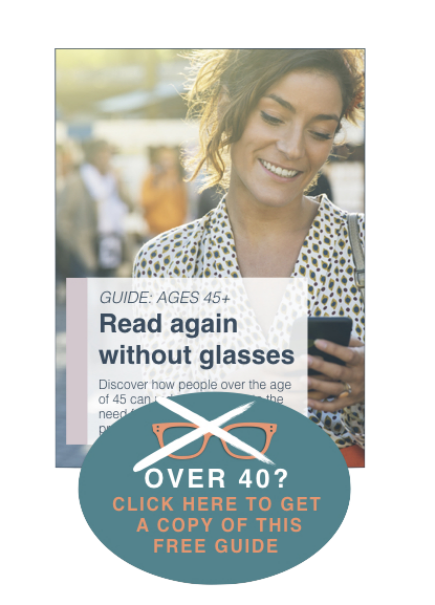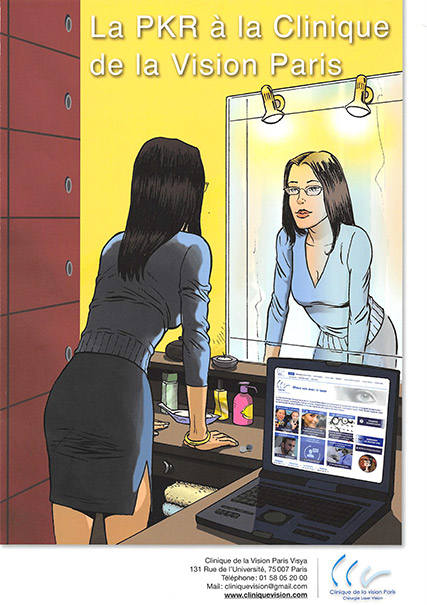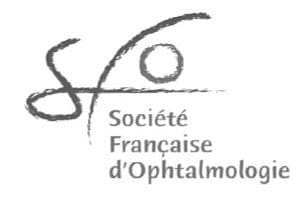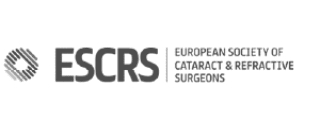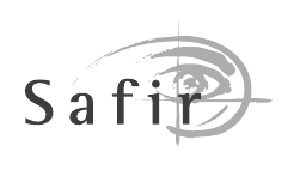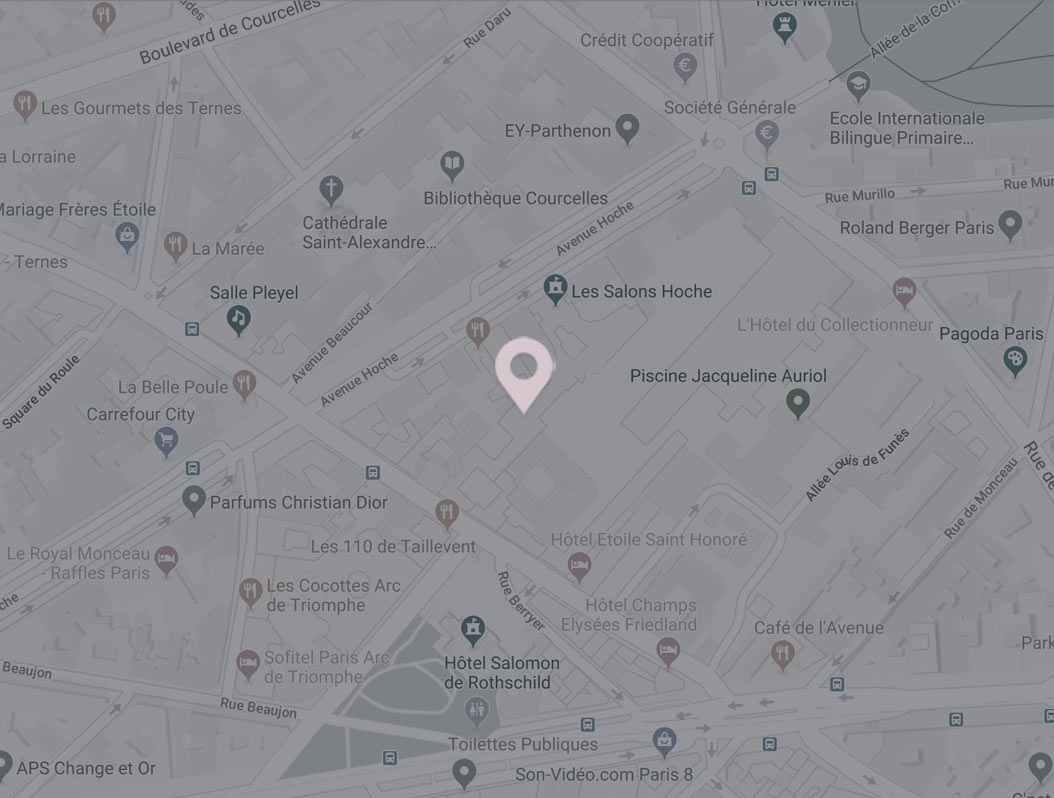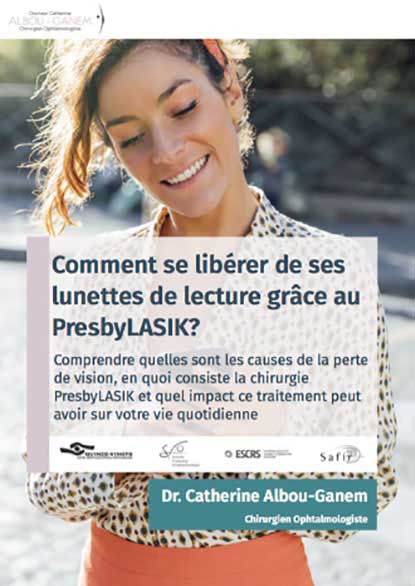ReLEx SMILE
The most advanced and less invasive form of LASIK – Keyhole LASIK
SMILE – an introduction
SMILE (Small Incision Lenticule Extraction) allows for myopic and astigmatic refractive correction without the Excimer laser, using only the Femtosecond VisuMax® laser. SMILE consists of creating a femtosecond laser refractive lenticule with a thick and variable design according to ametropia to correct. We then cleave the lenticule and detach it from the anterior and posterior stroma plane and remove it through a small incision.
The procedure of the surgery
The SMILE procedure is quick; it takes less than half an hour for both eyes. We instil anaesthetic eye drops on the area of the eye we treat. SMILE is painless. It is not necessary to come on an empty stomach for this type of anaesthesia and intervention.
How do you know SMILE is right for you?
SMILE is a type of refractive surgery. Refractive surgery is for all ametropic patients (nearsighted, farsighted, astigmatic, presbyopic) whose vision is well corrected by glasses or contact lenses but who wish to see clearly without optical accessories.
Refractive surgery (the type of surgery LASIK is) is an optional surgery of convenience. It is only for informed and motivated patients. The decision to have LASIK is personal, and the motivations include comfort, sport, aesthetic or professional. Patients may benefit from SMILE provided that there are no contraindications that are the same as those of LASIK.
ReLEx SMILE – further details
The operation takes place in 2 steps:
Step 1: Creating of the lenticule with the Femtosecond laser
The procedure is as follows: we place a device composed of an applanation cone coupled to a suction ring connected to the femtosecond laser on your cornea.
Creating the lenticule takes 23 seconds. We program the parameters (like diameter, thickness, position and size of the incision) according to the ametropia we aim to correct.
Step 2: Removal of the lenticule
The second step is refractive and corresponds to the surgical removal of the lens through the incision.
Patient experiences after SMILE
Once the procedure is over, you’ll have blurry vision for a few hours, but you can move without difficulty. You’ll be able to blink regularly and you will not need protective eye goggles (as in LASIK) or a bandage contact lens (as in PRK).
Your stay in the clinic will not exceed 1 hour. You can go home by private car or taxi, but you cannot drive because of the visual fog. It is better but not necessary to leave the clinic accompanied.
An ocular discomfort with the sensation of “sand in the eye”, accompanied by a more or less abundant tearing and dazzling in the light, appears one hour after the procedure.
Visual Recovery
Surgery for myopia and astigmatism with SMILE is accurate, effective and safe. After the surgery, 98% of patients can lead a fully spectacle-free life after the procedure. Postoperative vision is usually comparable to preoperative corrected vision with glasses or contact lenses.
The degree of satisfaction of the operated patients is close to 100%. Naturally, your happiness will depend on the quality of the surgical procedure and the expertise of the surgeon. Vision recovery requires 12 to 24 hours which allows you to resume your normal activities the day after the procedure.
Screen work does not pose a particular problem, and you are free to engage in it. After the procedure, your vision will be different, and it takes a few weeks to stabilize. During this period your near vision can be temporarily disturbed.
Postoperative precautions
- Do not rub your eyes
- In case of tearing, which can be frequent in the immediate postoperative period, wipe your eye with a clean compress, without touching the eye
- Begin eye drops on the day of the procedure according to the prescription we give you and for the duration and the dosages we prescribe
- Post-operatively, in case you experience eye pain, or even discomfort, immediately take a relaxing medication or analgesic. If, the symptoms reappear, consult with us quickly
- Do not make any important decisions while under the influence of a tranquilizer.
- Showering and shampooing are possible the day after the surgery provided you take the necessary precautions not to rub your eyes
- You can resume work and all activities the day after the operation. You can return to swimming after 8 days
- Do not forget to attend aftercare appointments
- The final definitive glass to prescribe on your eyeglass frames will be only after a few weeks
- Remember to change the details of the driving license
- Tell your treating ophthalmologist that you have had surgery
- Get monitored annually by an ophthalmologist
- This sensation lasts about three days, and many patients feel it most in the first 24 hours. During this period, it is best to close your eyes and avoid too much light
- You can resume work the next day
- Work stoppages are not possible for this surgery because the government considers it a comfort surgery not supported by Social Security
- A postoperative consultation is necessary for the days following the surgery
Indications / contraindications:
Refractive surgery is intended for all ametropic patients (nearsighted, farsighted, astigmatic, presbyopic) who are corrected very well by glasses or contact lenses but who wish to do without optical accessories to see clearly.
Refractive surgery is an optional surgery of convenience. It is only for well-informed and motivated patients. The decision to have SMILE is personal, and the motivations include comfort, sport, aesthetic or professional.
We use SMILE to correct:
- Myopia from -1 to -10 or -12 Dioptres according to the central thickness of the cornea
- Astigmatism up to 5 dioptres
- Whether or not the patients are presbyopic
SMILE does not yet allow the correction of hyperopia and isolated presbyopia. Patients may benefit from SMILE provided that there are no contraindications that are the same as those of LASIK.
Results:
A consensus of the national and international ophthalmic authorities have endorsed excimer laser surgical procedures.
That is, these procedures are entirely consistent with the data acquired from science and current medical knowledge.
Like all laser-based corneal refractive surgery techniques, it is efficient, predictable and safe. The results are at least identical to those of LASIK with the advantage of an earlier recovery of activities.
The results of SMILE are definitive and stable over time.
Uncorrected visual acuity is most often comparable to that measured with lens or lens correction before surgery.
Sometimes, however, an additional low-power lens or lens correction may be necessary after surgery, especially for difficult visual tasks, such as night driving or reading small print.
That is also the case if under-correction is planned, particularly in myopic patients, in whom it is preferable to under-correct the non-dominant eye so as not to compromise near vision.
Hazards and Complications
Hazards and complications during the operation
The complications of cutting the lenticule are exceptional.
A hazard to report is the release of suction that sometimes requires us, depending on the time of onset, to instead perform LASIK surgery.
Hazards and postoperative complications
Side effects, hazards and risks exist even after surgery that goes perfectly well. There are three aspects to consider.
- Mainly refractive hazards
- Side effects
- Complications
Refractive hazards
Under-correction
Precision and predictability are not 100% even if we are treating low and medium ametropia. You should know that you may require an enhancement in case there is noticeable residual ametropia. We might propose an enhancement procedure as soon as your visual results stabilize from the first postoperative month. For an enhancement procedure, we will usually recommend LASIK or PRK.
Over-correction is rare
In the myopic eye, over-correction induces hypermetropia which then causes discomfort to near vision in patients after 40 years. Sometimes, these patients can benefit from a complimentary laser enhancement. In hyperopia, over-correction then causes compromises to distant vision.
Under and over-corrections can benefit from a complimentary laser treatment after complete healing of the first treatment. Usually, we can recommend this after one month.
In some cases, even in the absence of complications, we might observe a loss of the best corrected visual acuity. That is exceptional, and it may benefit from a complimentary enhancement procedure.
Side Effects
Certain immediate postoperative inconveniences follow laser eye surgery:
- The discomfort with tingling lasts about 2 hours
- The discomfort with reading lasts from a few hours to a few days
Some side effects are common but not universal. These side-effects usually go away after six months:
- Many patients report a decrease in contrast sensitivity, marked by more difficulty of adaptation during the transition from light to dark.
Some patients experience glare with halos around neon lights and especially headlights - Dry eye is less marked than with other LASER techniques. Dry eye is common than with other laser techniques (LASIK and PRK). When it does present, it may last 3 to 6 months postoperatively. We can relieve dry eye symptoms by the prescribing eye drops to lubricate the cornea.
Complications
Complications are exceptional. The rate does not exceed 0.1%. Patients having SMILE avoid all hazards related to having a LASIK flap. Complications can include:
- The proliferation of epithelial cells in the interface called “epithelial ingrowth” is manifested by the appearance of a white and opaque area, likely to be accompanied by a decrease in visual acuity if it is in the visual axis or if it induces irregular astigmatism. It is possible to eliminate these cells by washing the corneal interface. This complication is rare
- Inflammation of the interstitial keratitis or interface is possible but seems less frequent than in LASIK. We can treat it with eye drops of high dose corticosteroids for a week or by the washing of the interface
- Corneal ectasia (anterior bulging of the cornea responsible for refractive instability with a reappearance of myopia and reduced visual acuity) also seems less risky than in LASIK provided we avoid the same contraindications as in LASIK. Should ectasia present, it requires the wearing of contact lenses or a further procedure with Cross-Linking or placement of intra-corneal rings to limit bulging.
- We can observe a decrease in initial visual acuity when treating significant myopia. This decrease is mainly due to secondary optical aberrations or to substantial corneal deformities induced by surgery
The problem of presbyopia must be isolated
Presbyopia is the loss of accommodation in close vision. It is a natural physiological process that is first noticeable between 40 and 45 years of age. Presbyopia compensates near vision myopia, and myopic patients remove their glasses to read when they are presbyopic. Once operated, you may need to wear corrective lenses when you become presbyopic.
Currently, it is possible to correct presbyopia surgically by laser by varying the shape of the cornea or by introducing a multifocal lens into the eye with or without lens removal.
A wise solution for myopic presbyopia is to correct the myopia of both eyes by setting an eye for distant vision and an eye for near vision. This procedure is called monovision.
FEATURED VIDEO
What is the difference between monovision contact lenses and surgery?
TÉMOIGNAGES

“Le jour de l’intervention, je n’ai ressenti aucune gêne et aucune douleur. Après 2 h de repos j’ai pu reprendre mes activités tout à fait normalement. Deux jour après l’intervention il ne subsiste aucune gêne. Je tenais également à insister sur le fait que, contrairement aux idées reçues, ce n’est pas une intervention réservée aux personnes jeunes. J’ai 59 ans et c’est une totale réussite.”

“Le Docteur Albou-Ganem m’a opérée de la presbytie il y a un an, et je suis très heureuse du résultat, plus besoin de lunettes pour lire, même ma vue de loin est bonne. C’est un vrai soulagement pour moi, car j’ai hésité pendant un moment avant de sauter le pas, difficile de prendre une telle décision.”

“Après une opération rapide et sans douleur j’ai quasiment immédiatement remarqué une nette amélioration de ma vue de près et de loin. Au fil des semaines cela n’a fait que se confirmer et je n’ai jamais reporté mes lunettes depuis! Je ressens une telle liberté dans ma vie de tous les jours ainsi qu’une impression d’avoir rajeuni que je recommande à toute personne de le faire sans hésitation si cela leur est possible!”

“Docteur Catherine Albou-Ganem l’a immédiatement dissipée. Contact et confiance se sont installés immédiatement. Ses explications ont été claires, précises et je peux dire que le Jour J de l’opération, j’y suis allé les yeux fermés! Pour les rouvrir quelques heures plus tard avec la vue parfaite d’un homme de 30 ans!”

“L’opération a été un franc succès. J’ai maintenant 10/10e, sachant qu’auparavant j’avais une assez forte myopie (-5 et et -4,5) et un léger astigmatisme.”

“Vous m’avez opérée il y a maintenant plus de deux ans. A part pour conduire et regarder la télévision, et encore… je n’ai plus besoin de lunettes, moi qui n’ai jamais rien vu… Il m’a fallu plusieurs mois pour que ma vue s’adapte. Je tenais donc à vous remercier de cette opération qui a changé ma vie! Plus d’ulcères douloureux dus aux lentilles et la possibilité d’ouvrir les yeux sous l’eau et d’admirer les jolis poissons!”
We have replaced the images of real patients who provided these testimonials to protect their privacy.
AFFILIATIONS & MEMBERSHIPS
We are pleased to be associated with the following organisations
About the author
Doctor Catherine Albou-Ganem
Consultant Ophthalmic Surgeon
I am Catherine Albou-Ganem and I am an ophthalmic surgeon brought up in a family of ophthalmologists. I had a passion for ‘the eye’ and ‘the vision’ from my childhood. This was the subject of my first presentation at school.
Today, I share my refractive surgery activity between the hospital and the private sector.
I am proud to have contributed to the development of new laser refractive surgery techniques that can correct vision defects with accurate, effective and safe results when respecting the indications.
 Skip to content
Skip to content


